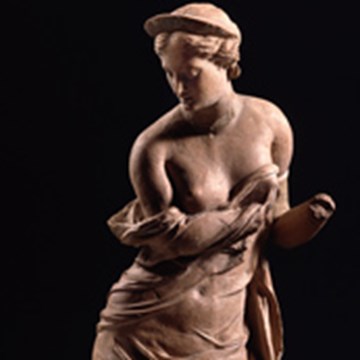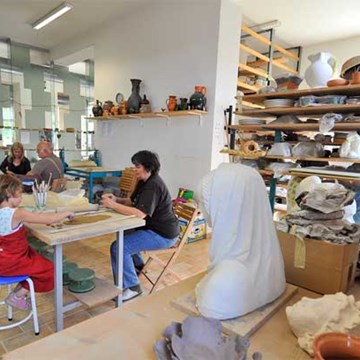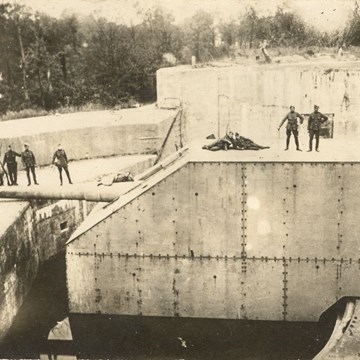Krishna in the garden of Assam: The cultural context of an Indian textile
Discover a little-known chapter of Indian history through the largest surviving example of an Assamese devotional textile, the ‘Vrindavani Vastra’.
The Vrindavani Vastra (literally ‘the cloth of Vrindavan’) was produced in Assam in north-eastern India sometime in the late 17th century. It is made of woven silk and figured with scenes from the life of the Hindu god Krishna during the time he lived in the forest of Vrindavan. It was made to be used in the Krishna cult which developed following the ministry of the Assamese saint Shankaradeva (d. 1568).
At over 9 metres long, this Assamese textile is the largest of its type to survive. It is made up of 12 strips, all now sewn together. The Krishna scenes on the textile are from the 10th-century text the Bhagavata Purana, and are elaborated in the dramas of Shankaradeva. A verse from one of these is also woven into the textile, using immensely sophisticated weaving technology, now extinct in India. Following its use in Assam the textile had a second history in Tibet. It was found there by Perceval Landon during the Younghusband Expedition sent from British India to Lhasa in 1903–1904. Landon, a friend of Rudyard Kipling, was the correspondent from The Times on the expedition, and he gave the textile to the British Museum in 1905.
Suitable for
Family friendly
Website
www.britishmuseum.org/whats_on/exhibitions/Krishna_in_the_garden_of_Assam.aspx
Exhibitions and events

Sutton Hoo and Europe, AD 300–1100
Permanent exhibitionThe centuries AD 300–1100 witnessed great change in Europe. The Roman Empire broke down in the west, but continued as the Byzantine Empire in the east. People, objects and ideas travelled across the...

Babel, babbling and the British Museum
Event at British Museum on 26.11.2041 13:15A gallery talk by Irving Finkel, British Museum. Gallery talks last 45 minutes. They are given by Museum staff or guest speakers and are suitable for all levels of knowledge. Admission Free
Activities from this museum
We don't have anything to show you here.











